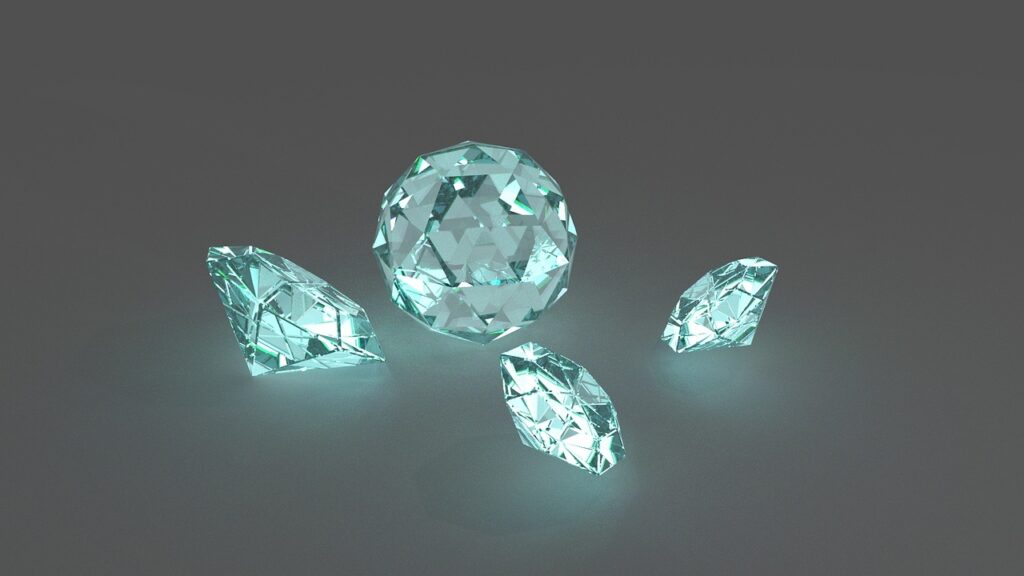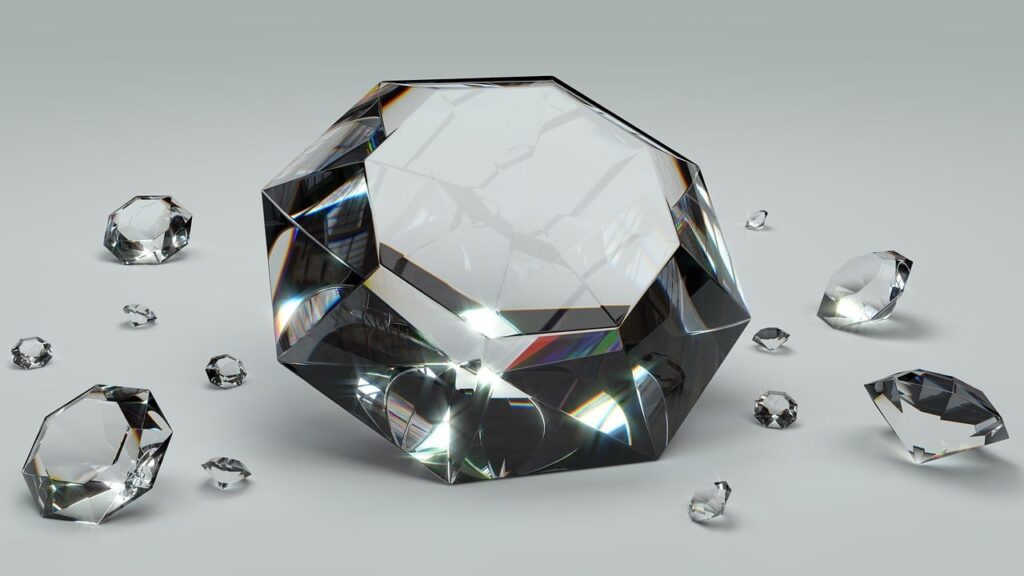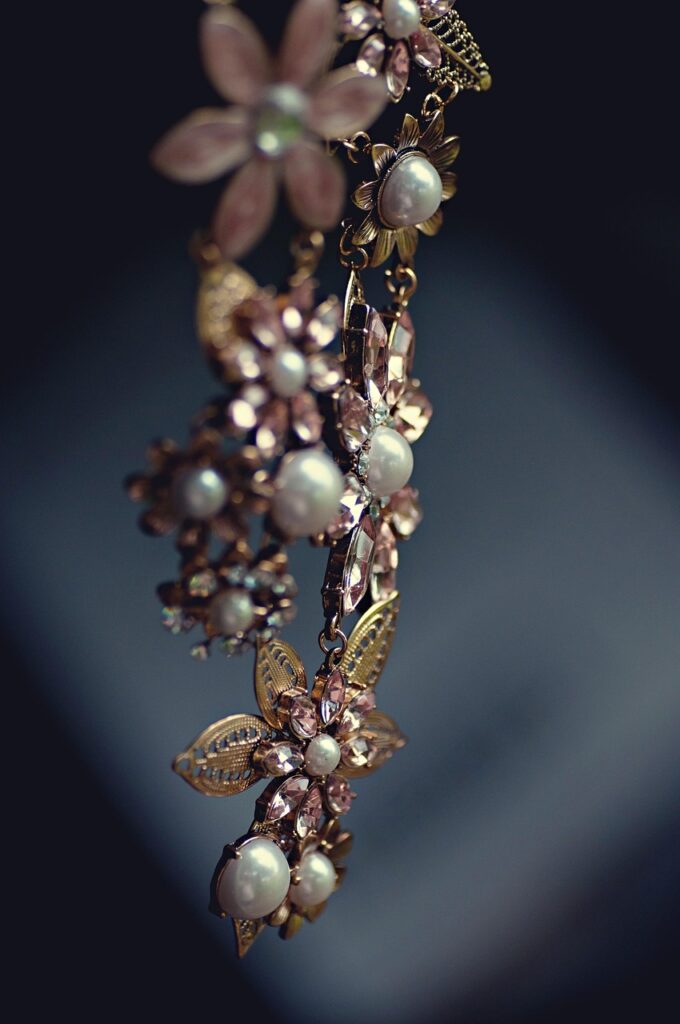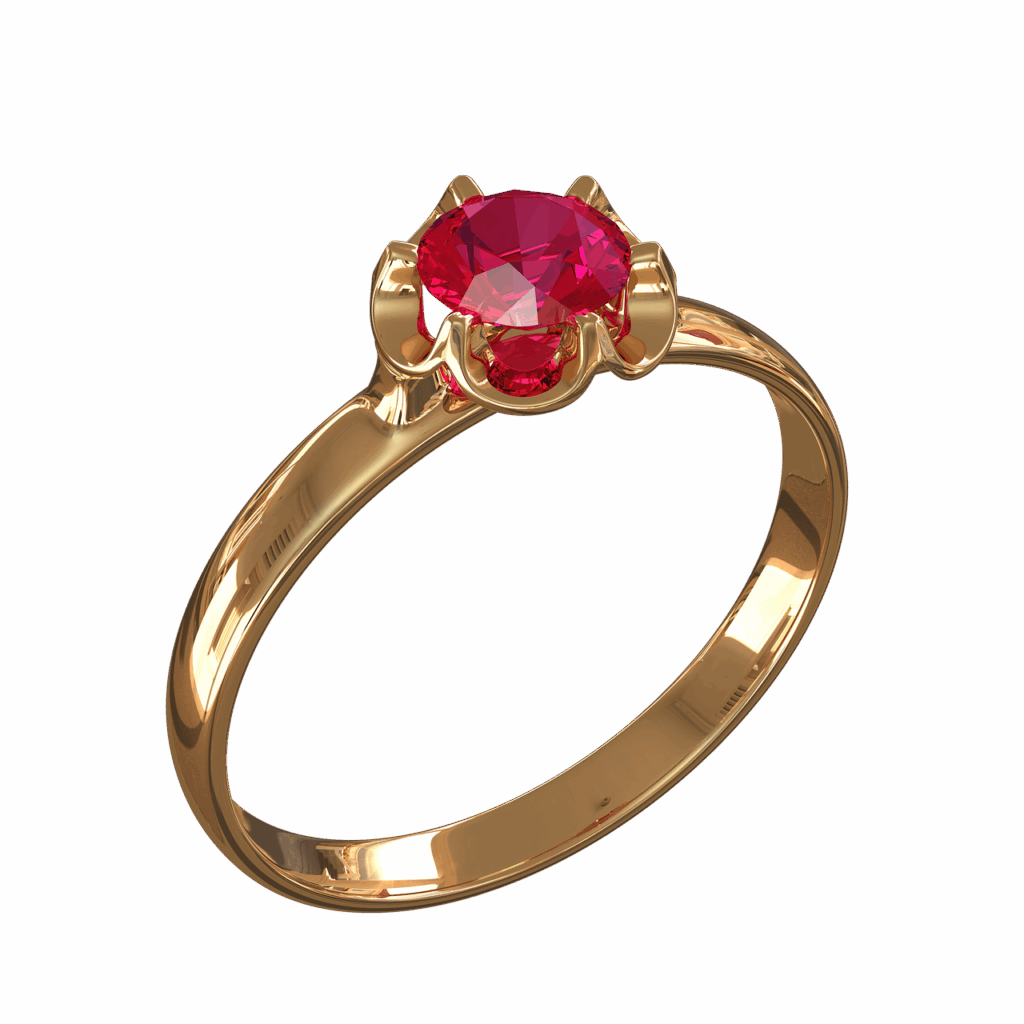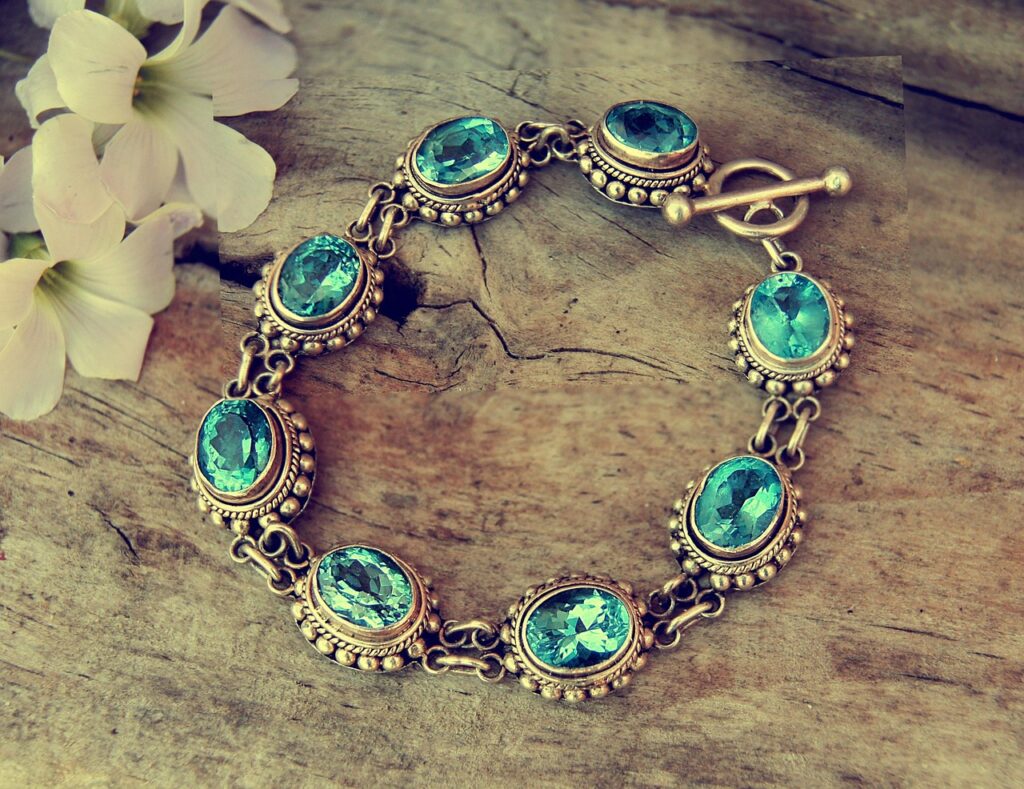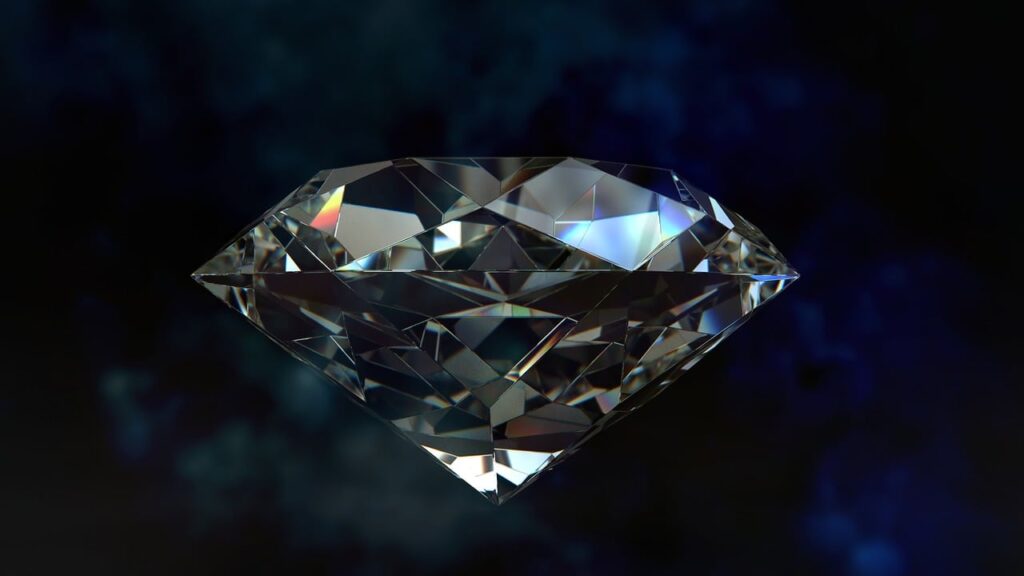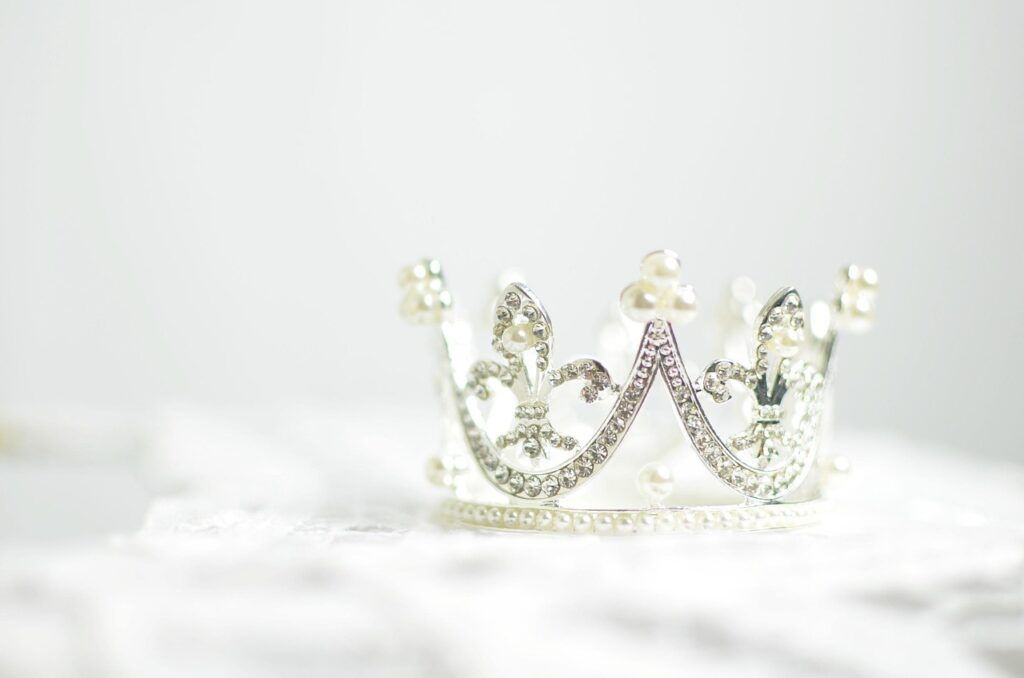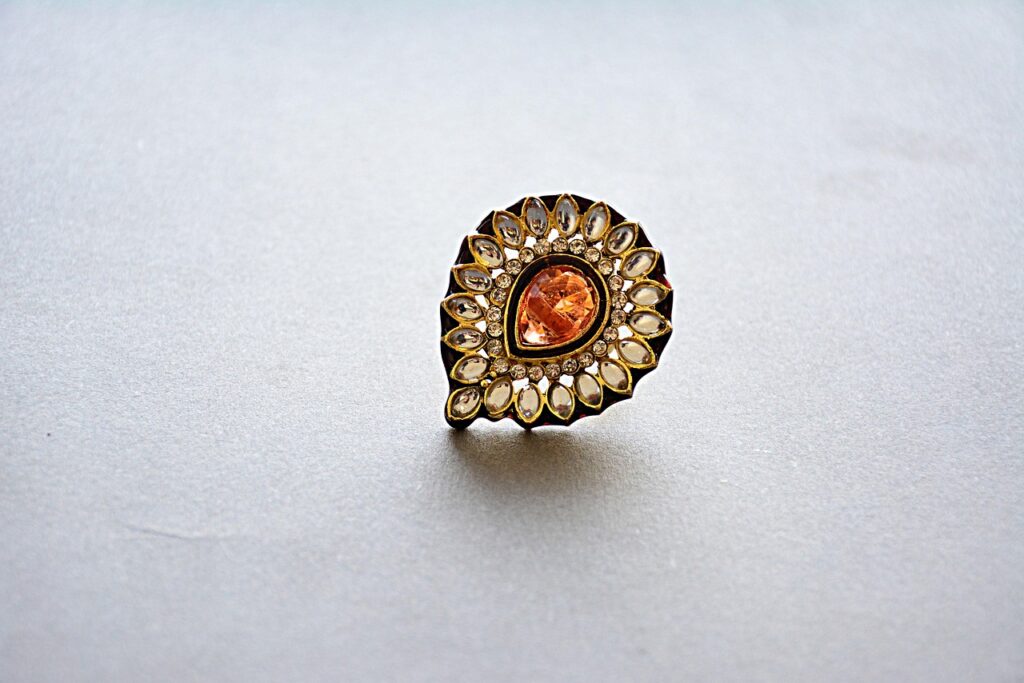
Do you own a dazzling diamond ring or a delicate filigree gold bracelet? Perhaps a treasured family heirloom tucked away, its true worth a mystery. For many, jewelry holds sentimental value, but its financial value can be just as significant. Understanding that value, whether for insurance, sale, or simply peace of mind, requires a professional appraisal. But here’s the catch: not all appraisals are created equal, and not all appraisers are qualified. A vague estimate or outdated valuation could leave you underinsured, shortchanged in a sale, or paying more than necessary. This isn’t just about assigning a price; it’s a safeguard against financial loss, and it’s simpler to navigate than you might think.
Getting your jewelry appraised can feel daunting. Who should you trust? What exactly does an appraisal include? And how much will it actually cost? These are common questions that can deter many from taking this crucial step. But don’t let uncertainty hold you back from knowing the real worth of your precious pieces. With the right information and a clear, actionable plan, you can approach the appraisal process with confidence, ensuring you get an accurate, fair, and reliable valuation every time. It’s about making smart decisions to protect your assets and gain genuine peace of mind.
This comprehensive guide will walk you through 14 simple, actionable steps to demystify the jewelry appraisal process. From preparing your items to finding and vetting the perfect professional, we’ll cover everything you need to know to get your old jewelry appraised the right way. We’re here to empower you with the knowledge and skills to understand your jewelry’s true value, protect your investment, and ensure you’re never left relying on guesswork. Let’s dive in and unlock the hidden worth of your collection.
1. **Understand What a Jewelry Appraisal Actually Is**Before you embark on the journey of getting your jewelry valued, it’s crucial to grasp the fundamental concept of a jewelry appraisal. A jewelry appraisal is not merely a guesstimate; it’s an official valuation report prepared by a certified professional. This document meticulously details the characteristics and estimated market value of a specific jewelry piece, providing a verified statement of its current condition and worth.
This detailed evaluation goes beyond just a price tag. It includes a complete description of the item, specifying the metal type and purity—such as 18K gold or platinum—and detailing any gemstone quality, encompassing cut, color, clarity, and carat weight. The report also accounts for the influence of brand and craftsmanship, along with current market conditions that might affect the value. This comprehensive breakdown ensures that you receive an accurate and reliable valuation, providing crucial information for various purposes.
Many people often confuse appraisals with jewelry grading, but they serve distinctly different functions. While jewelry appraisal assigns a monetary value for purposes like insurance, estate planning, or resale, jewelry grading evaluates a gemstone’s quality, focusing solely on the 4 Cs: cut, color, clarity, and carat. Labs like GIA and IGI provide grading reports but do not assign a monetary value. Therefore, for a diamond or gemstone-based piece, it’s a smart move to obtain both an appraisal and a grading report to maximize its authenticity and marketability, ensuring you have a complete picture of your item’s intrinsic and market worth.
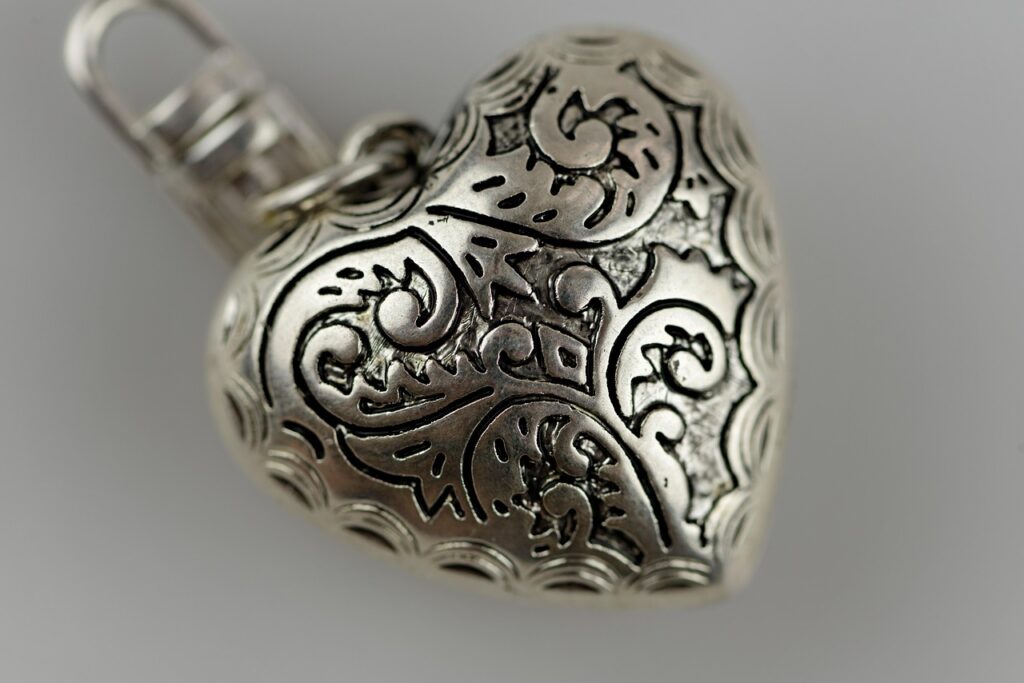
2. **Identify Why You Need an Appraisal**Knowing your ‘why’ is the first step toward a successful appraisal. Jewelry appraisals are not a one-size-fits-all service; they serve a plethora of reasons, each dictating a different type of valuation. Whether you’re interested in insurance, selling, estate planning, or simply satisfying your curiosity, understanding your primary objective will guide you toward the correct appraisal type and ensure the valuation aligns with your specific needs. This clarity is essential to avoid unnecessary costs or inaccurate reports.
One of the most common reasons for an appraisal is insurance. If your jewelry is lost, stolen, or damaged, a valid appraisal ensures you receive the correct replacement cost. Most insurance providers won’t issue a policy without an appraisal document detailing the retail replacement value—what it would cost to replace the piece with an identical or similar item. Without an accurate and current appraisal, you risk being underinsured, which could result in denied claims or insufficient payouts when you need them most. Regular updates every 2-3 years are also crucial to reflect market changes and keep your coverage adequate.
Another significant purpose is resale. If you plan to sell your jewelry, a fair market value appraisal evaluates the realistic sales price you should set for a buyer. This value is usually lower than an insurance appraisal because it considers depreciation and current market demand, providing an amount to keep in mind when setting your price. Similarly, for quick-sale situations like a divorce settlement or financial emergency, an immediate liquidation value appraisal estimates the lowest possible value you can expect. For estate planning, particularly for probate or inheritance tax purposes, special tax, estate, and probate appraisals are required, making it vital to choose an appraiser experienced in IRS and probate valuations. Knowing your objective upfront saves you time and ensures you get the most relevant valuation for your specific situation.
Read more about: Decoding the Decay: How Rust Destroys Classic Car Value and What Every Enthusiast Must Know
3. **Understand the Different Types of Appraisals**Not all appraisals are created equal, and understanding the specific types is critical to getting the right valuation for your needs. Different scenarios demand different focuses, and a single appraisal type won’t cover every base. Familiarizing yourself with these distinctions empowers you to request precisely what you require, ensuring the appraiser’s work directly addresses your primary purpose.
The most common type is the Replacement Value Appraisal, which is primarily needed for jewelry insurance policies. This appraisal establishes an official record of the retail replacement value of your jewelry, determining the cost to replace the piece if it’s lost, destroyed, or damaged. It’s important to remember that this value is typically higher than what you’d receive if you sold the piece, as it reflects the current cost of buying an identical new item in the retail market, which tends to inflate over time. Regular updates to this appraisal are recommended every two to three years to ensure your insurance coverage remains adequate as market values shift.
If you’re looking to sell your jewelry, you’ll need a Fair Market Value appraisal. This evaluation assesses a realistic and fair sales price based on the current market, guiding you on what to expect from a buyer. It won’t be an exact figure, but a reliable range to consider when setting your price. For situations demanding an immediate sale, such as liquidating assets quickly, an Immediate Liquidation Value appraisal determines how much you can expect for a fast transaction, which will likely be your lowest valuation. Finally, for estate planning, tax purposes, or probate, specific Tax, Estate, and Probate appraisals are crucial, requiring an appraiser with experience in these specialized valuations. Knowing these types allows you to clearly communicate your needs and receive the most appropriate valuation.
Read more about: Maximize Your Deal: 10 Actionable Steps to Sell Your Car to a Dealer for Hundreds More
4. **Know What a Comprehensive Appraisal Document Should Include**Receiving a thorough and detailed appraisal document is just as important as the appraisal itself. This document is your official record of value and condition, serving as a legal and financial safeguard. Without a comprehensive report, your appraisal might be deemed insufficient by insurance companies, tax authorities, or potential buyers. Knowing what to expect in this document ensures you receive a defensible and useful record of your jewelry’s worth.
Every reputable appraisal will result in a document that should contain several key pieces of information. It starts with practical details like the client’s name and contact information, along with the precise date of the appraisal. For each piece of jewelry, the document must include its exact measurements and comprehensive design information, such as the overall weight and setting type. This level of detail helps to accurately identify your specific item and differentiate it from similar pieces, providing a clear reference for future needs or comparisons.
Crucially, the appraisal document will meticulously detail any gemstones present. This includes specifying their cut, clarity, colors, and carats, often graded according to recognized standards like those from the GIA. The report also features a summary outlining the overall quality and condition of the jewelry, noting any visible wear, damage, or prior repairs, as these factors directly influence the final value. Finally, it will include a clear statement from the appraiser, affirming their findings, along with the official appraised value of the jewelry and their credentials. This robust documentation provides legal proof of value, essential for insurance, estate purposes, tax filing, legal issues, or resale, protecting you against potential financial losses or disputes.
Read more about: The Savvy Seller’s Guide: Unlocking Your Used Car’s True Value with 14 Free Online Tools
5. **Prepare Your Jewelry and Documentation Before Your Appointment**Before you even think about setting foot in an appraiser’s office, taking some proactive steps to prepare your jewelry and gather relevant documentation can significantly streamline the process and ensure the most accurate valuation. Imagine going to a doctor without your medical history; it would be harder for them to give you a precise diagnosis. The same applies to your jewelry. Proper preparation saves time for both you and the appraiser and ensures no detail is overlooked that could impact the value.
First and foremost, clean and prepare your jewelry. Before your appraisal, take the time to carefully clean your pieces to remove any dirt, grime, or tarnish that could obscure gemstones or metal markings. A dirty piece may be undervalued or make it difficult for the appraiser to properly assess the stones or metal. Once cleaned, store your pieces in a protective case—such as non-slip ice grip displays or acrylic, leatherette, wooden, and magnetic jewelry cases—to prevent scratches or damage while keeping them beautifully organized. Presenting your jewelry in its best condition allows the appraiser to clearly see its inherent quality and craftsmanship.
Equally important is gathering all relevant documentation. If you have purchase receipts, previous appraisals, or diamond certification reports from reputable labs like GIA or IGI, bring them along. These documents serve as invaluable background information, verifying the item’s history, authenticity, and quality, which can significantly speed up the valuation process and enhance accuracy. This background information helps your appraiser better assess the item and provide a more precise valuation, proving its provenance and any existing quality certifications. Even if you’re just curious about an heirloom, any family notes or photos regarding its origin can be helpful in revealing its vintage, craftsmanship, or unique history.
Read more about: 15 Simple Secrets That Car Sales Managers Don’t Want You to Know About Pricing
6. **Find a Reputable, Certified Jewelry Appraiser**The cornerstone of an accurate and trustworthy appraisal lies in selecting the right professional. This isn’t a task to be taken lightly; an experienced appraiser with a solid reputation is absolutely essential. Just as you wouldn’t trust your finances to an uncertified accountant, you shouldn’t trust your valuable jewelry to just anyone. Your goal here is to find an independent expert whose priority is providing an unbiased, accurate value, free from any conflicts of interest.
When conducting your search, the minimum credential to look for is a G.G. degree (Graduate Gemologist) from the Gemological Institute of America (GIA). Most appraisers proudly list their qualifications on their websites, so this should be easy to verify. Beyond the GIA, appraisers can also train with other respected organizations such as the American Gem Society (AGS) and the National Association of Jewelry Appraisers (NAJA). These certifications indicate formal training, adherence to industry standards, and often require continuing education, signaling a dedication to quality and ethical practices. Seek out members of these professional associations to ensure credibility.
Furthermore, independent appraisers are often preferred because they don’t sell or buy jewelry themselves, eliminating any potential conflict of interest where their valuation might be influenced by a desire to purchase your item or upsell you on something new. Always check online reviews on platforms like Trustpilot to learn about the experiences other people have had with potential appraisers. Don’t hesitate to phone or email any appraiser you’re interested in; they should be open to talking you through their process and transparent about their services and timelines upfront. A helpful appraiser will make you feel comfortable and informed, guiding you through what can sometimes feel like a complex process with clarity and professionalism.
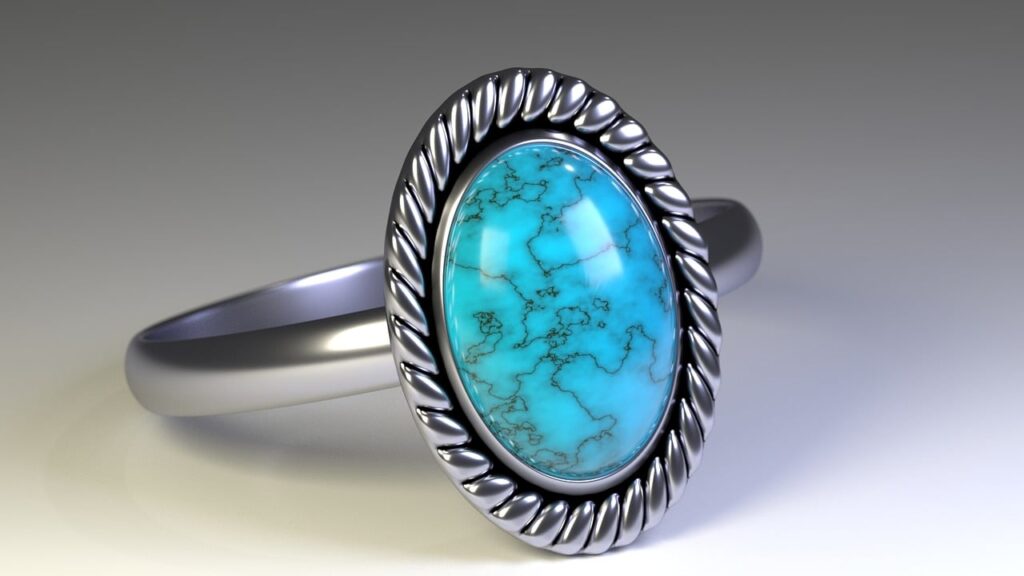
7. **Understand the Appraiser’s Vetting Process: Credentials, Experience, and Methodology**Even after finding a seemingly reputable appraiser, a little due diligence on your part can go a long way in ensuring you’re truly working with a trusted expert. A reliable appraiser adds substance and honesty to the valuation, but it’s your responsibility to confirm their qualifications. You need to look beyond a single certification and delve into their specific credentials, relevant experience, and the methodology they employ to arrive at a value. This critical vetting process empowers you to have full confidence in the appraisal’s accuracy and defensibility.
First, always look to see if your appraiser is certified by reputable organizations like the GIA, AGS, or NAJA. These credentials indicate formal training and familiarity with industry standards. Being part of professional groups or those who adhere to USPAP standards brings additional credibility, as these memberships often include continuing education and ethical code requirements. Specialized training also matters; for rare gems, antiques, or branded jewelry, verify the appraiser has taken specific courses or has proven experience with your particular item type. Inquire whether they adhere to established processes and standards to ensure the appraisal is thorough and defensible. An appraiser’s transparency about their qualifications is a strong indicator of their trustworthiness.
Next, assess their experience. Experience truly matters when it comes to evaluating jewelry. Seek out a jewelry veteran appraiser, not a generalist. If your piece is unique—vintage, bespoke, or from a specific time period—request samples of comparable items they’ve appraised to gauge their expertise. A trustworthy appraiser will welcome your inquiries and provide client references, allowing you to verify their track record for precise valuations, particularly if the jewelry carries considerable value or provenance. An appraiser who has dealt with items from popular designers or intricate estate collections is often a more secure selection. Don’t be afraid to seek a second opinion if the first one seems off or if there’s a lot riding on the valuation.
Finally, understand their methodology. Trustworthy, transparent appraisals are essential, so get the appraiser to explain their process clearly. Do they utilize gemological tools like loupes and microscopes, look at current market sales, or refer to specific price guides? Reputable appraisers use conventional techniques to measure stones, assay metals, and evaluate workmanship, and they should be able to articulate this. Anticipate a concise, formal report enumerating all findings with professional photographs. They ought also to consider current market trends, not simply set price lists, including verifying auction results, retail prices, and local market demand for comparable stones. An in-depth report, backed by a clear methodology, aids significantly with insurance, probate, or sale purposes. If you’re uncertain about the appraisal or the appraiser’s methodology, getting a second opinion is always a prudent choice, ensuring that the valuation is sound and well-supported.
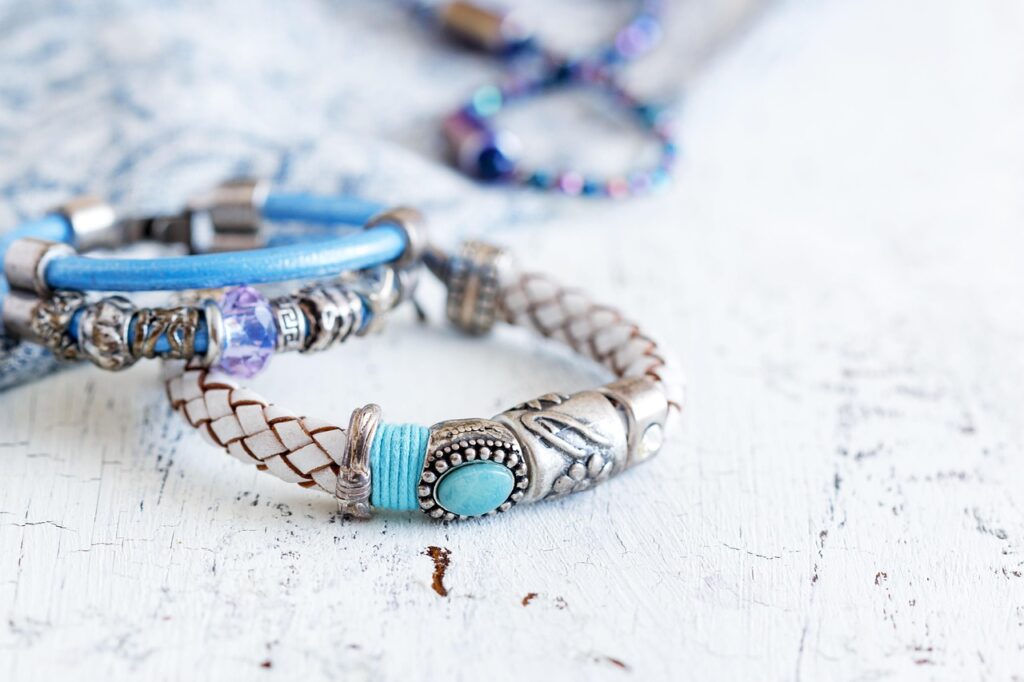
8. **Understand How Much an Appraisal Should Cost**One of the first questions on many minds is, “How much does a jewelry appraisal cost?” It’s a valid concern, and thankfully, reputable appraisers are always upfront about their fees. While there isn’t a single, one-size-fits-all price tag for jewelry appraisal, understanding the parameters involved can help you budget accordingly. Your crucial first step should always be to get an estimate upfront from any appraiser you consider, as reputable professionals will readily provide one.
Appraisers typically charge either by the hour or a flat rate, depending on the job’s complexity. Hourly rates often range between $50 and $150 per hour, though for more intricate pieces or highly experienced professionals, this could go up to $250 per hour. Alternatively, you might encounter a flat fee, which is often quoted per item. A three-stone engagement ring, for instance, will naturally cost more to appraise than a simple gold band because the assessment involves more detailed work, requiring a greater investment of the appraiser’s time and expertise.
Several factors can influence and potentially increase the cost of an appraisal. The complexity or size of the piece is a major consideration; larger items or those with intricate designs require more time for detailed examination. The presence of gemstones also adds to the cost, as each stone needs individual evaluation for its cut, color, clarity, and carat. Furthermore, the appraiser’s expertise plays a role; professionals with extensive training and specialized knowledge, especially for antique or rare jewelry, may command higher fees due to their unique skills and the longer research times required for such pieces.
Read more about: Maximize Your Deal: 10 Actionable Steps to Sell Your Car to a Dealer for Hundreds More
9. **What to Expect During the Appraisal Process**Once you’ve selected your certified appraiser and prepared your jewelry, you might wonder what actually happens during the appointment. The appraisal process is a meticulous examination designed to thoroughly evaluate your item’s key characteristics and determine its accurate market value. Expect a professional, step-by-step assessment that leaves no stone unturned, providing you with a detailed understanding of your piece’s worth.
The process typically begins with a detailed metal analysis. Appraisers use specialized tools such as acid tests, electronic testers, or X-ray fluorescence machines to accurately determine the metal type and its purity. For gold jewelry, for example, they will confirm the karat weight (e.g., 18K) and compare it against current market prices to establish a foundational value for the metal component of your piece. This step is crucial for understanding the intrinsic worth of the materials composing your jewelry.
Next, a comprehensive gemstone evaluation takes place for any stones present in your jewelry. Using high-magnification tools like loupes and microscopes, the appraiser meticulously inspects each gemstone. They will assess the “4 Cs”—cut, color, clarity, and carat weight—and determine if the stones are natural, synthetic, or have undergone any treatments, all of which directly impact their overall value. The appraiser will also assess the overall craftsmanship of the piece, noting any branded markings, like those from Tiffany & Co. or Cartier, which can significantly affect the valuation. Finally, a thorough condition assessment is performed to document any visible wear, damage, or previous repairs, as these factors also influence the final appraised value. This detailed report ensures your jewelry is accurately valued and documented for various purposes.
Read more about: The Savvy Seller’s Guide: Unlocking Your Used Car’s True Value with 14 Free Online Tools
10. **In-Person vs. Online Appraisals: Making the Right Choice**In today’s digital age, you might be weighing your options between an in-person appraisal and a newer online service. While online appraisals offer a degree of convenience, especially for a quick estimate, it’s important to understand their limitations compared to traditional in-person assessments. Making the right choice hinges on your specific needs, the complexity of your piece, and the value of your jewelry.
In-person appraisals are generally considered the most reliable and accurate option. This is because a certified appraiser can physically examine your jewelry using their full suite of gemological tools and expertise. This hands-on inspection allows for a far greater degree of precision, particularly for pieces with unique characteristics, intricate designs, or subtle details that simply cannot be fully captured by photographs alone. For instance, if you’re looking to get antique jewelry appraised, visiting a specialist in vintage pieces in person is highly recommended, as older jewelry often requires a deep understanding of historical styles, materials, and craftsmanship to be accurately valued.
While online appraisals can offer a convenient initial ballpark figure based on submitted photos and descriptions, they are typically less precise and rely heavily on the quality of the information you provide. They can be a good starting point for less valuable or simpler items, or if you live in a remote area without access to local appraisers. However, for accurate valuations—whether for modern, antique, or gemstone-heavy jewelry, and especially for insurance or resale purposes—an in-person assessment remains the safer and more reliable option, providing the detailed scrutiny necessary for a truly comprehensive and defensible valuation.
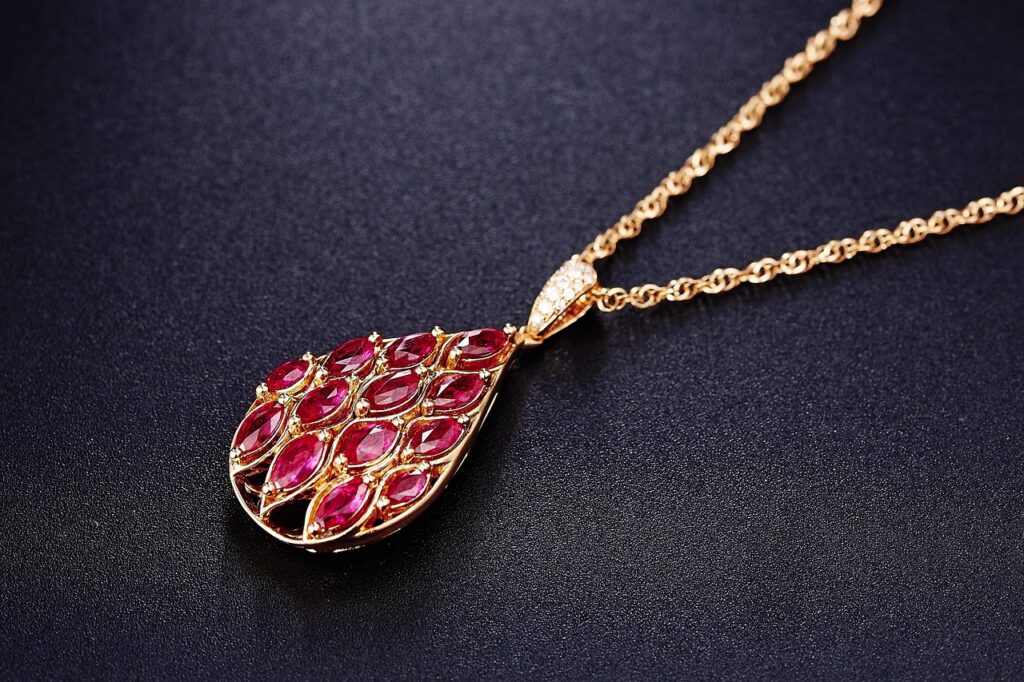
11. **Identify and Avoid Potential Appraisal Scams**As with any service involving valuable assets, the jewelry appraisal industry isn’t entirely immune to unscrupulous practices. Learning how to identify and avoid potential scams is a crucial step in protecting your investment and ensuring you receive an honest, unbiased valuation. Vigilance and informed decision-making can save you significant financial loss and a lot of headaches in the long run.
One of the biggest red flags to watch out for is an appraiser who attempts to charge a fee based on a percentage of your jewelry’s value. This is a direct conflict of interest and is widely considered an unethical practice within the industry. An appraiser’s compensation should be tied to the time and effort involved in the assessment, not incentivized by a higher valuation. Such a fee structure inherently biases the appraisal, pushing for an inflated value that benefits the appraiser rather than accurately reflecting your item’s true worth. Always insist on an hourly rate or a flat fee per item to ensure an impartial assessment.
Another warning sign is an appraiser who is vague about their pricing or reluctant to provide a clear, written estimate before starting the work. Transparency in fees is a hallmark of a reputable professional. If an appraiser tries to obscure costs or provides evasive answers, it’s a strong indication that you should seek services elsewhere. Similarly, be extremely wary of any appraiser who expresses an interest in purchasing your jewelry or offers to sell it for you. This again creates an undeniable conflict of interest, where their valuation could be influenced by their desire to acquire the piece at a lower price or earn a commission on its sale. Independent appraisers, those who do not buy or sell jewelry, are generally the safest choice for unbiased valuations.
Read more about: Maximize Your Deal: 10 Actionable Steps to Sell Your Car to a Dealer for Hundreds More
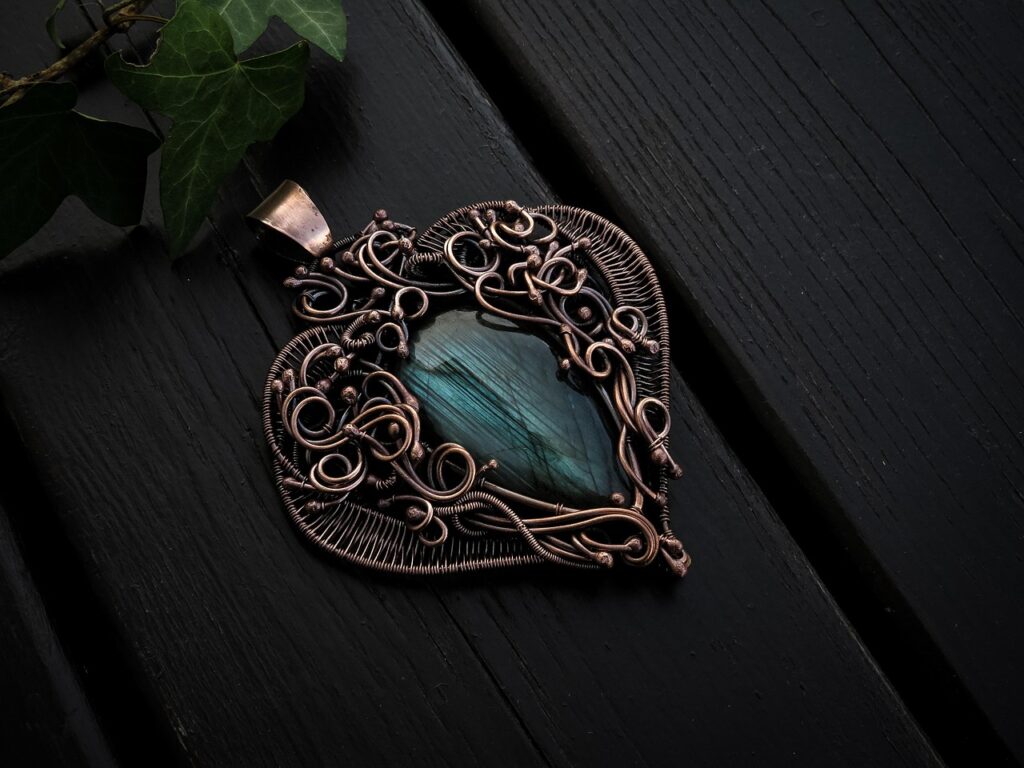
12. **Understand When and Why to Get a Second Opinion**Even after a seemingly thorough appraisal, it’s important to remember that valuations can sometimes be subjective, and expertise can vary. There are situations where seeking a second opinion isn’t just a good idea, but a truly prudent one, especially when significant value or emotional attachment is at stake. Empowering yourself with multiple professional perspectives ensures maximum confidence in your jewelry’s assessed worth and helps safeguard your investment.
You should definitely consider getting a second opinion if you feel dissatisfied with the initial appraisal, if the valuation seems unexpectedly low or high, or if you simply question the expertise or methodology of the first appraiser. If there’s a substantial amount riding on the valuation—whether it’s for a major insurance policy, a significant sale, or a complex estate division—the modest cost of a second appraisal is a small price to pay for genuine peace of mind and financial security. This diligence helps verify the value and protects you from potential errors or biases.
Furthermore, if you find yourself uncertain about the appraisal report itself or the appraiser’s methodology, a second opinion can provide clarity and reassurance. A different expert might offer a fresh perspective, identify details overlooked by the first, or simply explain the valuation process in a way that resonates better with you. Getting a second opinion isn’t about distrust; it’s about smart financial planning and ensuring the highest level of accuracy and defensibility for your valuable pieces. It empowers you to confidently understand the true worth of your cherished items and make informed decisions.
Read more about: Lost in the Legal Labyrinth: 11 States Where Bizarre Historical Laws Still Spark Head-Scratching in 2025
13. **How Often to Update Your Appraisal**The value of gold, diamonds, and other precious jewelry isn’t static; it fluctuates over time due to shifts in the market, changes in material prices, and evolving demand. This dynamic nature means that a jewelry appraisal, much like other financial documents, has a shelf life. Understanding how often to update your appraisal is critical for maintaining adequate insurance coverage and ensuring your valuations remain accurate and current.
For most purposes, particularly for insurance, it is highly recommended to update your appraisal every two to three years, or at least every two to five years. Market values can shift significantly within this timeframe, and an outdated appraisal could leave you severely underinsured. Imagine losing a valuable piece only to find your insurance payout is based on a valuation from five years ago, covering only a fraction of its current replacement cost. Regular updates ensure your coverage remains adequate, reflecting any increases in gemstone or metal prices, as well as the rising cost of replacing your specific item in today’s retail market.
Beyond market fluctuations, other events can also necessitate an updated appraisal. If your jewelry undergoes any significant repairs, alterations, or if a major component (like a diamond) is upgraded or replaced, a new appraisal is essential to document these changes and reflect their impact on the overall value. Staying proactive with regular updates not only safeguards your investment but also ensures that, should the unexpected happen, your insurance claims are expedited and you receive the true value your piece is worth, providing continuous peace of mind.
Read more about: The Savvy Seller’s Guide: Unlocking Your Used Car’s True Value with 14 Free Online Tools
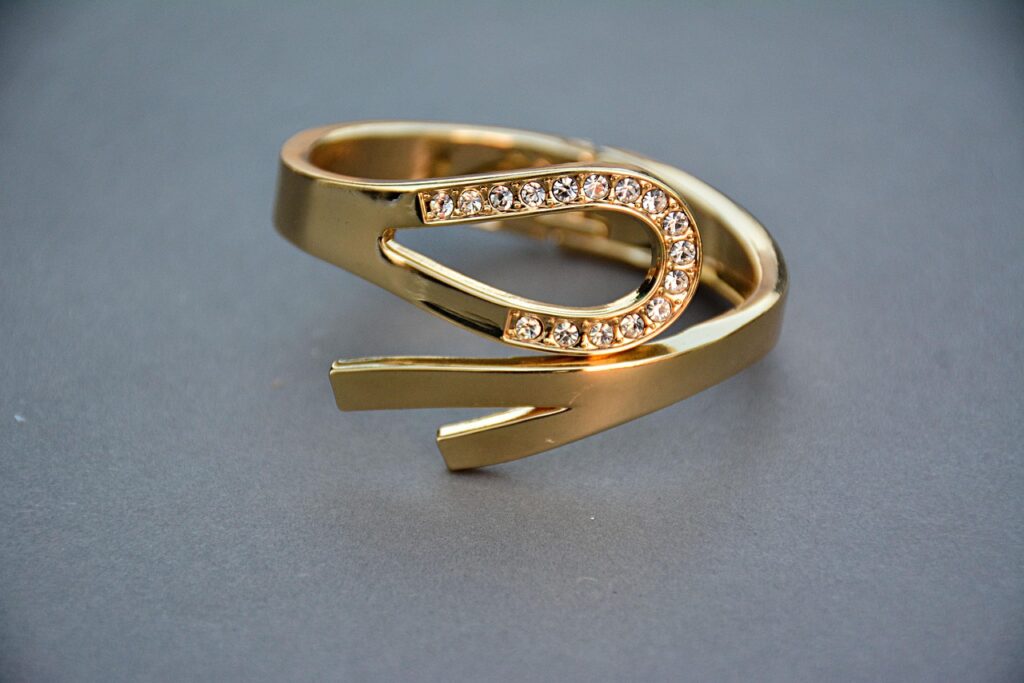
14. **Protecting Your Valued Collection Post-Appraisal**Congratulations! You’ve navigated the appraisal process, understood your jewelry’s true value, and now possess a comprehensive, professional valuation document. This achievement brings a wonderful sense of peace of mind, knowing your precious items are properly recognized and documented. However, the journey doesn’t end there. The next crucial step is to actively protect this newfound understanding by ensuring the ongoing care and security of your valued collection.
Once you have that official appraisal in hand, it’s time to put it to good use. If the appraisal was for insurance, ensure your policy is updated to reflect the current, accurate valuation. Keep your appraisal document in a secure location, separate from your jewelry itself – perhaps a fireproof safe or a digital cloud storage service. This document is your legal and financial proof of value, essential for any future claims or transactions, so treat it with the same care and security as the jewelry it represents.
Beyond documentation, practical steps for physical protection are paramount. Investing in high-quality storage solutions is key to maintaining your jewelry’s condition and security. This could mean utilizing specialized jewelry boxes with individual compartments, non-slip ice grip displays, or protective pouches made of soft materials like velvet. Reputable suppliers, such as Noble Gift Packaging, offer a wide range of jewelry boxes, display cases, and protective pouches designed to prevent scratches, damage, and tarnish. By storing your pieces beautifully organized and protected, you ensure their longevity and preserve their value, allowing you to enjoy your collection with continued confidence and peace of mind.
**Conclusion: Know Your Jewelry’s Worth**
Getting your jewelry appraised isn’t just a one-time transaction; it’s a smart, ongoing process that empowers you with crucial knowledge and safeguards your precious investments. From understanding the nuances of valuation types to meticulously vetting your appraiser and actively protecting your pieces, each step builds a foundation of confidence. By following these practical, actionable steps, you’re not just assigning a price tag to your jewelry; you’re securing its legacy, ensuring its value for generations to come, and gaining an invaluable sense of peace. So go ahead, unlock the hidden worth of your collection, and enjoy your beautiful pieces with the full knowledge and security they deserve.

